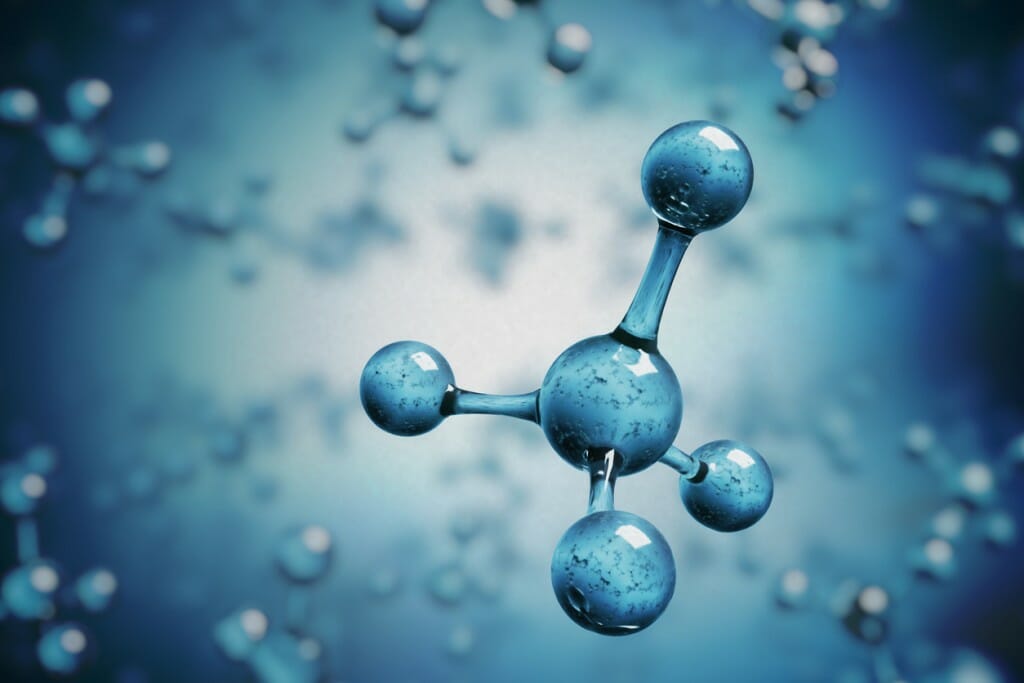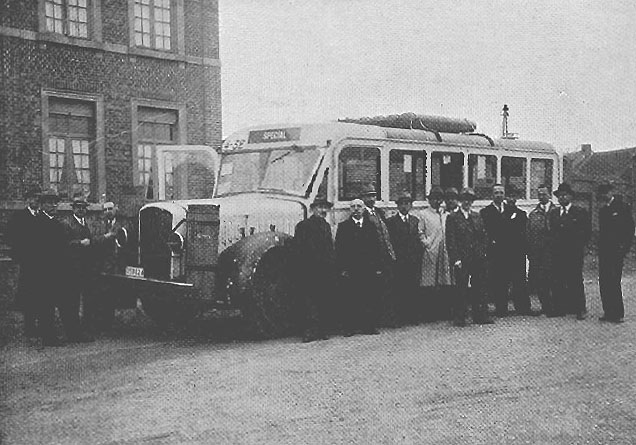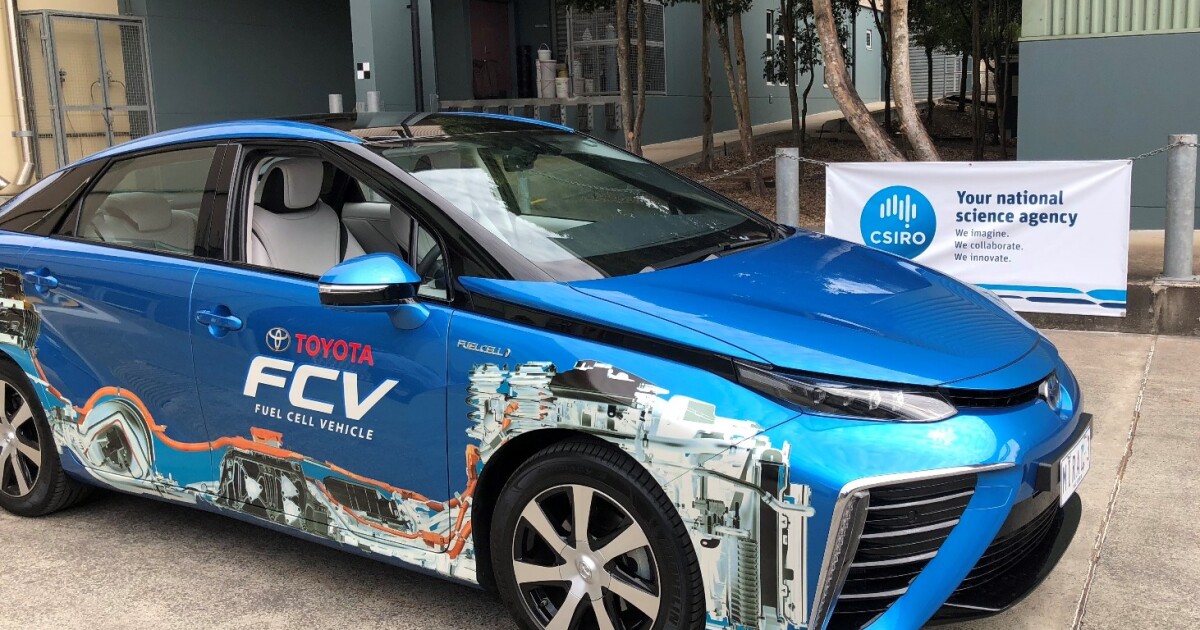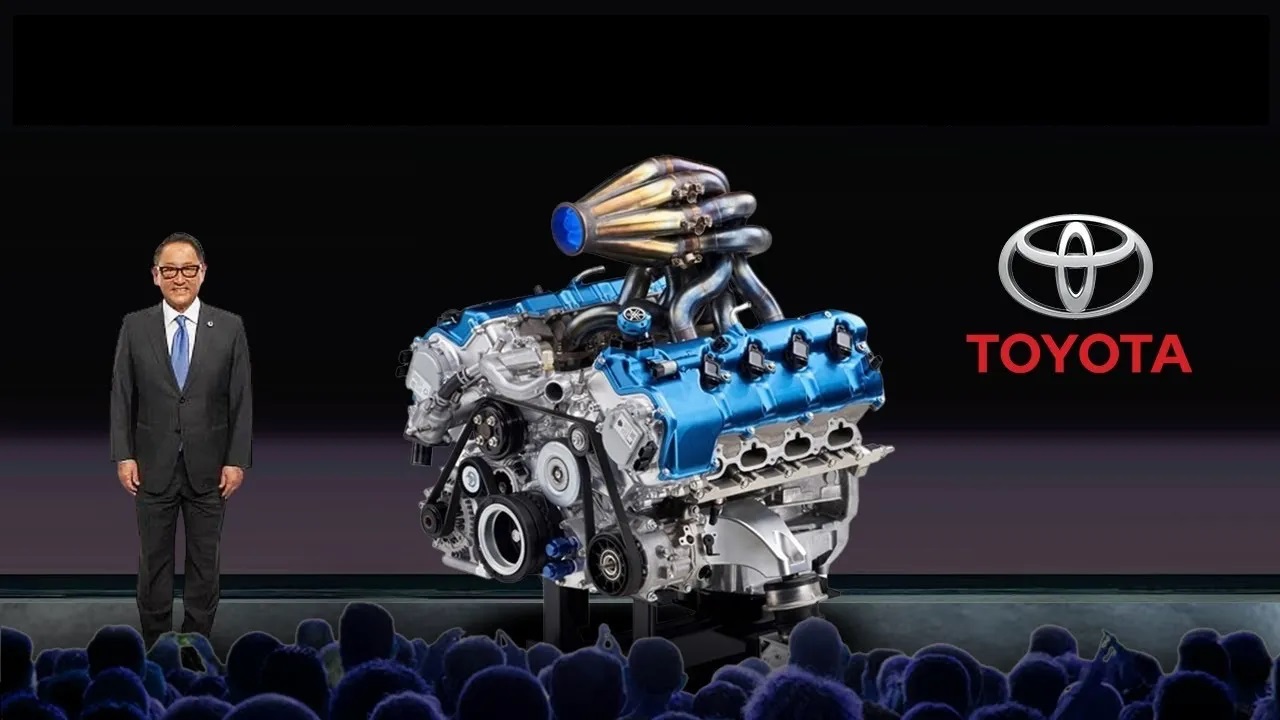IIRC, Liquid ammonia, as opposed to ammonia solution in water, is funny stuff. Among other quirks, it briskly dissolves alkali and other electro-positive elements, deep-blue when dilute but, with increasing concentration, looks more and more metallic until resembles mercury. Given how it will dissolve almost anything ionic that water can manage, contamination and corrosion may prove vexing...
Down-side, like hydrogen, it is seriously fussy about conditions for stable combustion.
Upside, ammonia vapour at room temperature will rise away from spills...
Butanol, as you say, is not water-miscible. Potentially problematic for spillage disposal, though I'm sure multiple common strains of 'wild' bacteria would thrive on it. n-Propanol has less p/w zing, but
is water miscible. (*)
Not strictly relevant, but mention of those 'exotic' fuels reminded me of this tale... (**)
A Tall Tail by Charles Stross
This year for Tor.com's birthday, we're initiating a tradition of Rocket Stories! For this inaugural year, enjoy an exclusive read of "A Tall Tail" by Charles Stross a week before it appears on the site! (One of the perks of being a registered user on the site.)

www.tor.com
*) Disclosure #1: I devised a now-obsolete method for simple analysis of whisper of 'active' antiseptic in chunky lozenges that were almost entirely sucrose plus pink dye. Put a tablet's weight or a snapped tablet in 10ml of dilute acetic acid in 25ml flask. Warm to dissolve, allow to cool. Fill flask to mark with n-propanol and mix. Sugar precipitates like Pernod cloud. Stand in dark overnight, sugar cloud becomes 'crystal garden', trapping most of the dye. Clear supernatant may be poured into scan-cell...
**) Disclosure #2: IMHO, Stross' 'Laundry' tales are
wicked fun...








